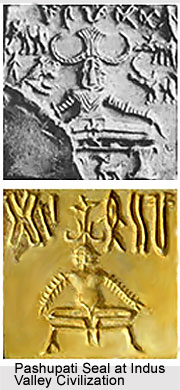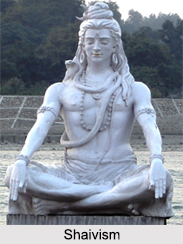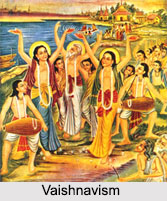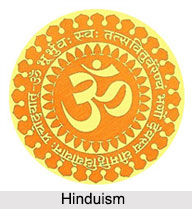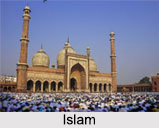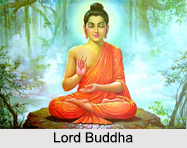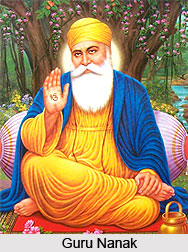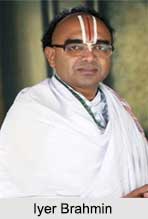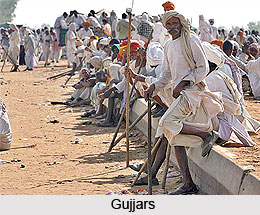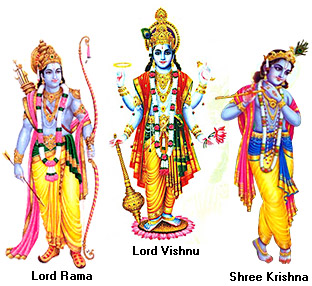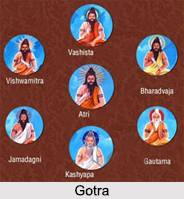Kumbhariyaji Jain Teerth is a Jain pilgrimage centre. The temple is located in a lonely place at a distance of one and a half kilometres form the village of Ambaji. The principal deity of the temple is Lord Neminath. The five temples at Kumbhariyaji are visited by devotes from different places.
History of Kumbhariyaji Jain Teerth
The ancient name of Kumbhariyaji was Arasana. Until 17th century it was known by this name. According to the stone inscriptions found here there were hundreds of temples located in this large city. Presently only five temples are left here. The first was consecrated in 1061, the last in 1231. The largest of them is dedicated to Lord Neminath. The other four temples are dedicated to Lord Shantinath, Lord Parshvanatha, and Lord Mahavira and Lord Sambavnath. As per a documentary proof, the temple was renovated in the seventeenth century. Later on the 4th day of the bright half of the month of Magha in the year 1675 it was formally installed by Shri Vijaysensurisvarji of the Vikram Samvat Era. The son of the secretary Ganga, Pasil propitiated Ambika Devi. He then began to build the splendid temple of Lord Neminath. The place thus stands as a significant place on account of its antiquity and unique events. It is also believed that the white marble required for building the temples on Mount Abu and other places were mined from here.
Temple of Kumbhariyaji Jain Teerth
The principal deity of the temple is Lord Neminath. The idol is 213 cms in height and is white in colour. The idol is seated in a Padmasana posture. The temple has been artistically carved and adorned with architectural beauty. One of the ceilings of the temple depicts the images of the mother and father of each of the twenty-four Jain Tirthankaras. All have inscribed labels portraying their names. The panels in the temple at Kumbharia are masterpieces of art in rendering miniature. The fourteen dreams, bathing God with holy water on the peak of Mt. Meru in celebration of his birth, the encounter with Kamath, Dharendradev bowing down to Lord Parshvanatha, God`s sermons from the open raised platform (Samavasaran), and all the five Kalyanak (Inception, birth, diksha, omniscience, nirvana) have been magnificently carved out of stone. These idols reflect the workmanship of the craftsmen. Even figures of gods, men, women, animals, trees have been crafted in marble.
Apart from these there are other temples also. There are four other artistic temples dedicated to Lord Mahavira, Lord Parshvanath, Lord Shantinath and Lord Sambhavnath. The temple being located among the hills is surrounded by scenic beauty. Dharmashalas and bhojanashalas are also available for the pilgrims visiting the place.
Pilgrims can reach the temple via rail and road. The nearest railway station is the Abu Road and the nearest bus stand is the Ambaji bus stand. Buses and taxis also travel up to the temple.
